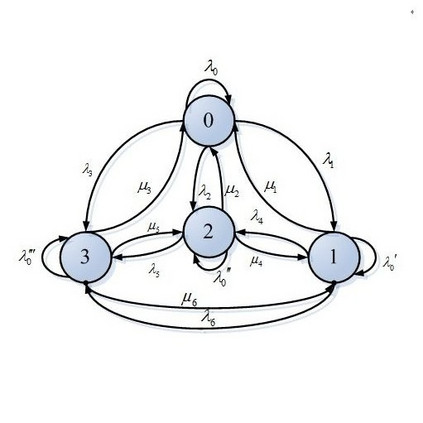We study the following learning problem with dependent data: Observing a trajectory of length $n$ from a stationary Markov chain with $k$ states, the goal is to predict the next state. For $3 \leq k \leq O(\sqrt{n})$, using techniques from universal compression, the optimal prediction risk in Kullback-Leibler divergence is shown to be $\Theta(\frac{k^2}{n}\log \frac{n}{k^2})$, in contrast to the optimal rate of $\Theta(\frac{\log \log n}{n})$ for $k=2$ previously shown in Falahatgar et al., 2016. These rates, slower than the parametric rate of $O(\frac{k^2}{n})$, can be attributed to the memory in the data, as the spectral gap of the Markov chain can be arbitrarily small. To quantify the memory effect, we study irreducible reversible chains with a prescribed spectral gap. In addition to characterizing the optimal prediction risk for two states, we show that, as long as the spectral gap is not excessively small, the prediction risk in the Markov model is $O(\frac{k^2}{n})$, which coincides with that of an iid model with the same number of parameters.
翻译:我们用依赖数据来研究以下学习问题:从固定的马克夫链中观测一个以美元为单位的美元长度轨道,目标是预测下一个状态。对于3 leqkkk k\leq O(sqrt{n}})$3 leqk k\leq O(sqrt{rt{n}})美元,使用通用压缩技术, Kullback- Leiberr差差差异的最佳预测风险显示为$,因为Markov链链的光谱差可以任意地缩小,可以归因于数据的记忆力,因此,与以前在Falalahatgar等人(2016年)中显示的3 leqkk k k k\ leq O (sqrrt{krt{rt{{{n}) 美元相比,我们的目标是预测下一个美元=2美元的最佳比率。除了用于进行最优的预测的模型外,在2个州里,我们用模型显示最优的预测风险是马克。




